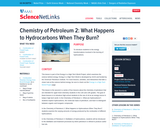
Students are introduced to the energy transformations involved in the burning of hydrocarbons.
- Subject:
- Chemistry
- Science
- Material Type:
- Lesson Plan
- Provider:
- American Association for the Advancement of Science
- Author:
- AAAS
- Date Added:
- 02/26/2019

Students are introduced to the energy transformations involved in the burning of hydrocarbons.
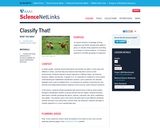
Students use modern biological classification systems to group animals that are related. Students will pair various vertebrate animals and learn more about their common traits. By doing this, students will begin to classify organisms in a more sophisticated way.

In this lesson, students learn about factors that cause major social changes and about prerequisites for a society’s survival.
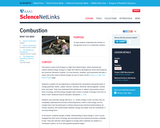
Students will gain a better understanding of what energy is, how it can be changed into other forms of energy, and how physical and chemical processes contribute to that. They also will learn what happens to energy when materials are heated in a combustion system, as in an auto gasoline-powered engine.

Students examine how physical features noted in the fossil record provide clues about the evolution of species.
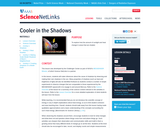
Students will make inferences about the cause of shadows, by observing and making their own shadows in the sun. Many properties of shadows (such as heat and brightness of light) will also be identified firsthand as the students conduct simple experiments to observe changes that are comparable to those experienced by the MESSENGER spacecraft in its voyage to and around Mercury.
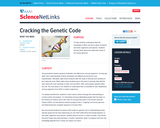
Students explore how DNA can tell us about ourselves and other organisms and species. They will also learn about the systematic study of the human genome and write an article summarizing what they have learned throughout the lesson.

In this activity, students learn how to grow plants and about the kinds of things that promote growth (warmth, sunlight, water, soil). Their activities involve learning about how seeds and plants grow and participating in a simple, in-class gardening project. This is the second lesson of a two-part series on where food comes from. These lessons are intended to help students understand that most of the food they eat comes from farms.
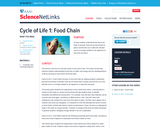
This lesson plan focuses on food chains and food webs. There are multiple associated weblinks to supplemental videos and interactive resources.
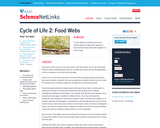
This lesson is the second of a two-part series on the cycle of life. This series should help enhance student understanding of the flow of matter and energy and the interdependence of life by focusing on food chains and food webs.

This research resource provides information on the complexity of depression.
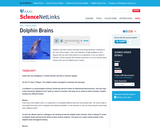
Dolphins and other marine mammals have pretty big brains compared to the size of their bodies. That?s one indication of high intelligence, and anyone who has seen them perform at an aquarium or zoo can attest to that fact. This Science Update introduces us to one scientist who?s trying to find out how dolphins got so brainy.

In this Science Update, students explore a computer system that lets people drive a piece of music just like driving a car. Science NetLinks provides a link to the audio file, the written transcript, and questions to engage students in discussion about the technical portions of this computer program. This lesson plan also provides links to a NY Times lesson that challenges students to consider the benefits of “disruptive†forms of technology and their influence in the classroom.
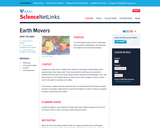
Students explore plate tectonics and understand how mountains, earthquakes, and volcanoes are related to the movements of plates.
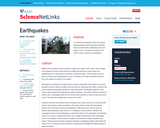
Students explore plate boundaries and how they can help us predict where earthquakes are most likely to occur. They will also examine changes in the earth's surface that are caused by earthquakes.
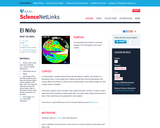
Students learn how the atmosphere and oceans affect one another, especially as related to El Nino.

Students investigate the energy sources used in students' communities.
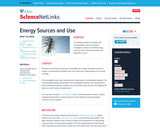
Students distinguish between renewable and nonrenewable sources of energy and compare the benfits and drawbacks of each.

Students research and assess past, present, and future decisions related to energy shortages, using the California energy crisis as a case study.
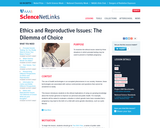
Students examine the ethical issues raised by three situations in which prenatal testing may be used to prevent or facilitate pregnancy.